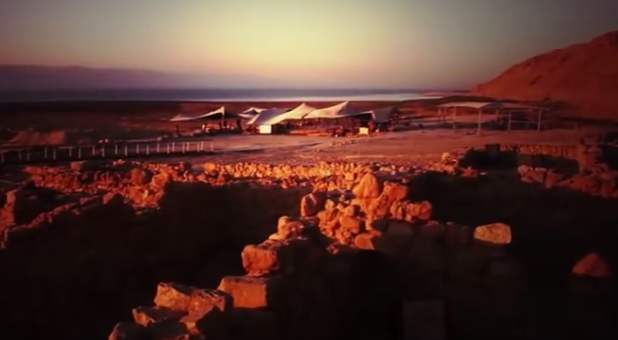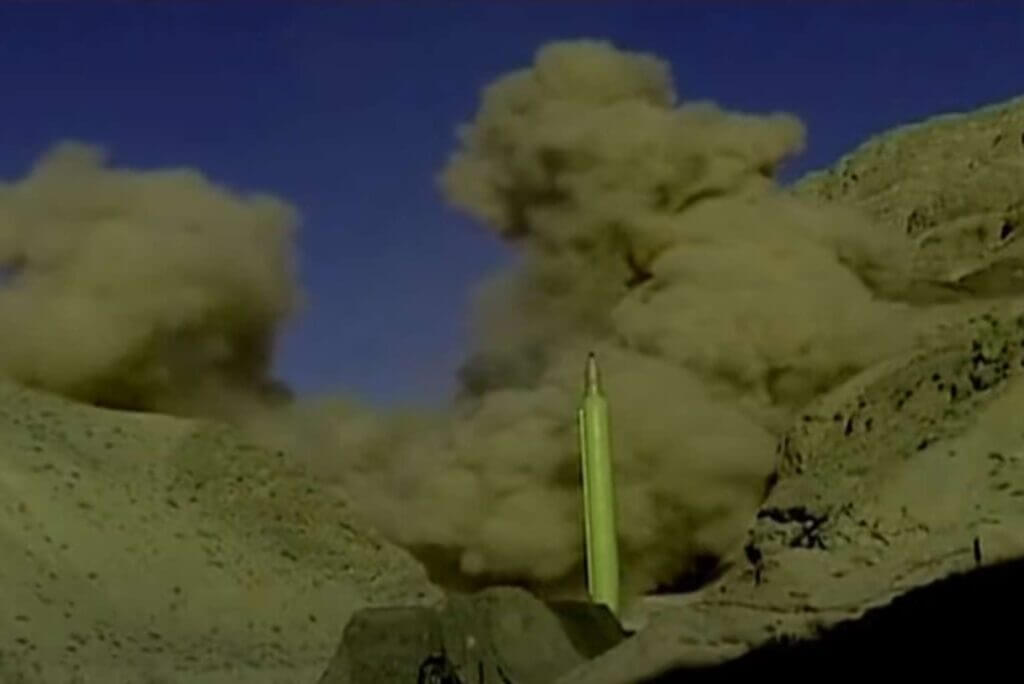It’s been said Israel is 50 miles wide, 300 miles long and 3,000 years deep. How would you like to dig into some of those 3,000 years?
That’s what some Israeli high school students majoring in Land of Israel and Archaeology studies are doing this summer. They’re excavating a 2,700-year-old water system uncovered near the city of Rosh HaAyin (head of the fountain) in central Israel.
Contractors discovered the impressive underground reservoir during a pre-construction dig, required under Israeli law. If a construction site discovers any antiquities, they have to stop building and start digging. This particular excavation is being carried out before construction begins on a new residential neighborhood.
Under the direction of IAA archaeologist Gilad Itach, the students experience many aspects of an on-site excavation. They have the opportunity to discuss research questions and the various components of a dig. They also learn how to record their findings in the excavation journal as part of their research work.
“It is difficult not to be impressed by the sight of the immense underground reservoir quarried out so many years ago,” Itach said. “In antiquity, rainwater collection and storage was a fundamental necessity.
The water system is nearly 20 meters (yards) long and more than 4 meters deep. The reservoir was carved out underneath a large building with walls close to 50 meters long.
The average annual rainfall of 500 mm (nearly 20 inches) would have filled the huge reservoir easily, Itach said, adding that some of the pottery shards found on the floors of the rooms most likely came from vessels used to draw water from the reservoir.
Carved into the reservoir’s walls are figures of people, a “vegetal motif” and crosses, which researchers say were probably etched into the stone at a later period.
“Overall we identified seven figures measuring 15 to 30 centimeters [approximately 6 to 12 inches],” Itach said. “Most have outstretched arms and a few appear to be holding some kind of object.”
Archaeologists say the structure and the reservoir were constructed in the late 8th and early 7th centuries B.C. near the end of the Iron Age. The building, they say, appears to have been abandoned during the Persian period, but the reservoir was still in use up till modern times.
In the past several years, archaeologists have excavated other farmsteads near Rosh HaAyin dating near the end of First Temple times. They’re believed to have been built after the destruction of the Kingdom of Israel in 720 B.C. when the Assyrian empire dominated the region.
“The establishment of farmhouses in this area is interesting, given the fact that many regions within the decimated Kingdom of Israel remained desolate,” the IAA explained in its press release. “Some scholars believe that the establishment of the farmsteads was motivated by the empire’s wish to settle the area, which lay on an international route and near the western border of the Assyrian empire.”
Itach says this excavation is unique.
“The structure exposed in this excavation is different from most of the previously discovered farmstead,” he said. “Its orderly plan, vast area, strong walls and impressive water reservoir hewn beneath it suggest that the site was administrative in nature and it may well have controlled the surrounding farmsteads.” {eoa}
Copyright The Christian Broadcasting Network, Inc., All rights reserved.
See an error in this article?
To contact us or to submit an article























